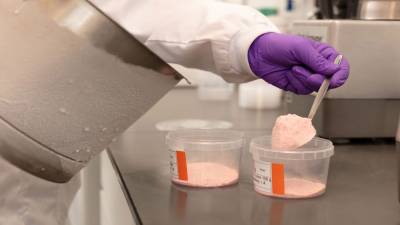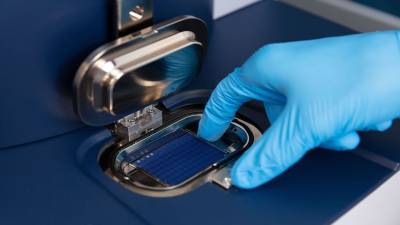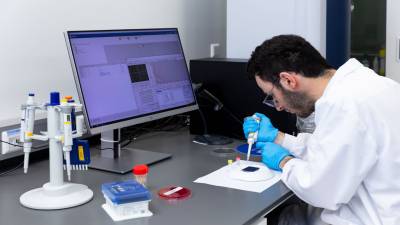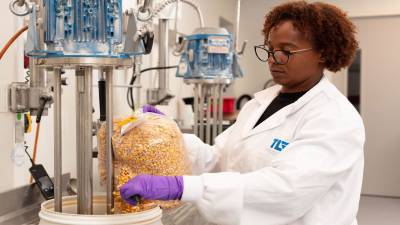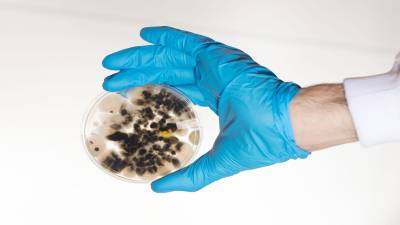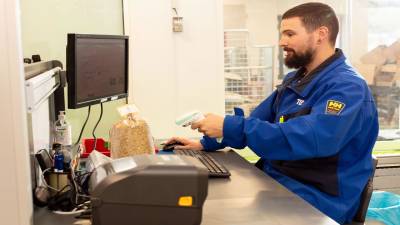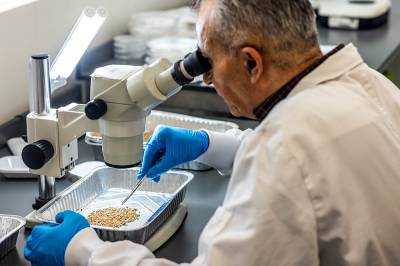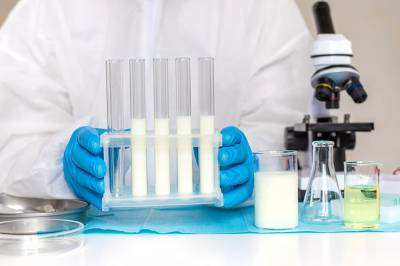Pesticide Sampling: From Field to Lab
Pesticide residues in food products are a critical concern in food safety. A reliable understanding of their presence starts with a carefully controlled sampling process. This article outlines the regulatory framework, procedures and analytical methods applied by TLR for pesticide testing - from field samples to laboratory results.
Legal Framework and Standards
European regulations impose strict requirements on pesticide levels in food. Key regulations include:
- Regulation (EC) No 396/2005: sets Maximum Residue Levels (MRLs) for pesticides in and on products of plant and animal origin.
- Directive 2002/63/EC: defines sampling methods for official controls on pesticide residues.
For organic products, even stricter standards apply under Regulation (EU) 2018/848.
From Field to Sample: Sampling Methodology
TLR performs sampling based on a standardised grid protocol. For agricultural products such as vegetables, fruits, grains and nuts, representative composite samples are collected by:
- Selecting at least 10 sampling points per batch
- Combining subsamples into a single laboratory sample (preferably 1 kg)
- Using certified samplers and validated sampling instructions
For larger produce (e.g. cauliflower or avocado), adapted unit counts apply. Samples are immediately cooled and protected from light during transport to prevent residue degradation.
Matrix-Specific Considerations
TLR applies the principles of Directive 2002/63/EC to a broad range of matrices beyond fresh produce, including:
- Processed plant-based foods (e.g. tea, herbs, oils, juices)
- Animal-derived products (e.g. milk, eggs, meat)
- Water samples, such as surface water and process water, using customised filtration techniques and post-flush collection protocols
Analysis and Interpretation
In the laboratory, samples are analysed for dozens to hundreds of active substances using advanced techniques such as:
- GC-MS/MS (Gas Chromatography-Tandem Mass Spectrometry)
- LC-MS/MS (Liquid Chromatography-Tandem Mass Spectrometry)
Results are assessed against the applicable MRLs. If needed, residue persistence may be evaluated and additional chemical or toxicological interpretation provided.
Integrity and Reliability
Sample integrity is essential. To ensure accurate correlation between field residues and lab results, TLR ensures:
- Rapid logistics
- Proper packaging
- Conformant sampling strategy under accreditation
- Full registration and appropriate sample pre-treatment
This ensures that analytical certificates reliably reflect actual exposure levels for consumers or processors.
Would you like to know more about sampling or request a specific residue profile?
Contact us at: [email protected]
Meld je aan voor de laatste tips en adviezen dat je gelijk in de praktijk kunt brengen.

